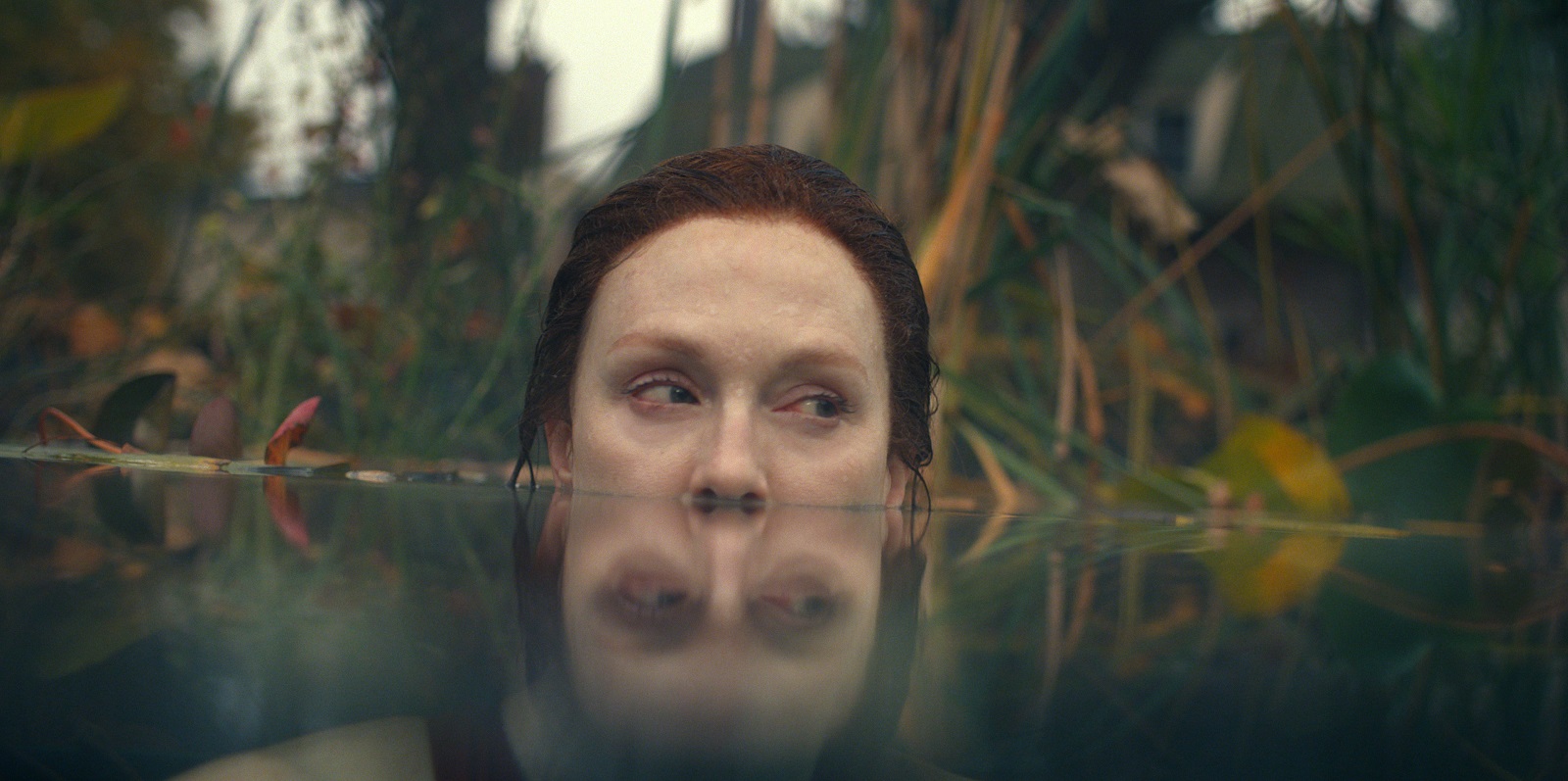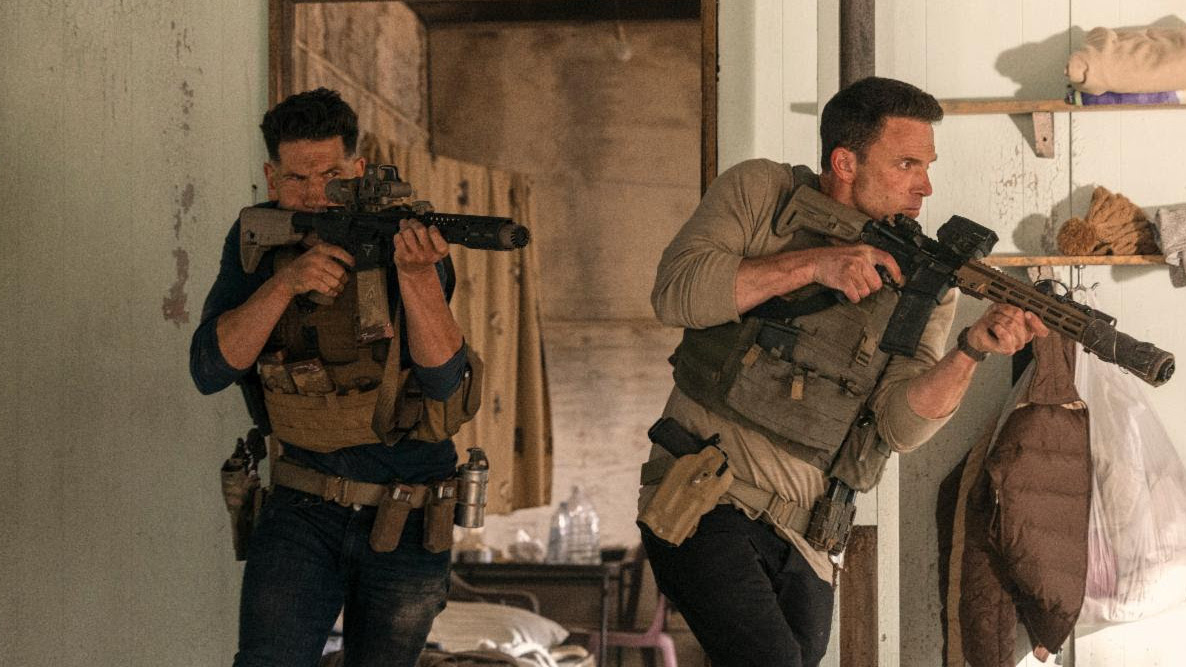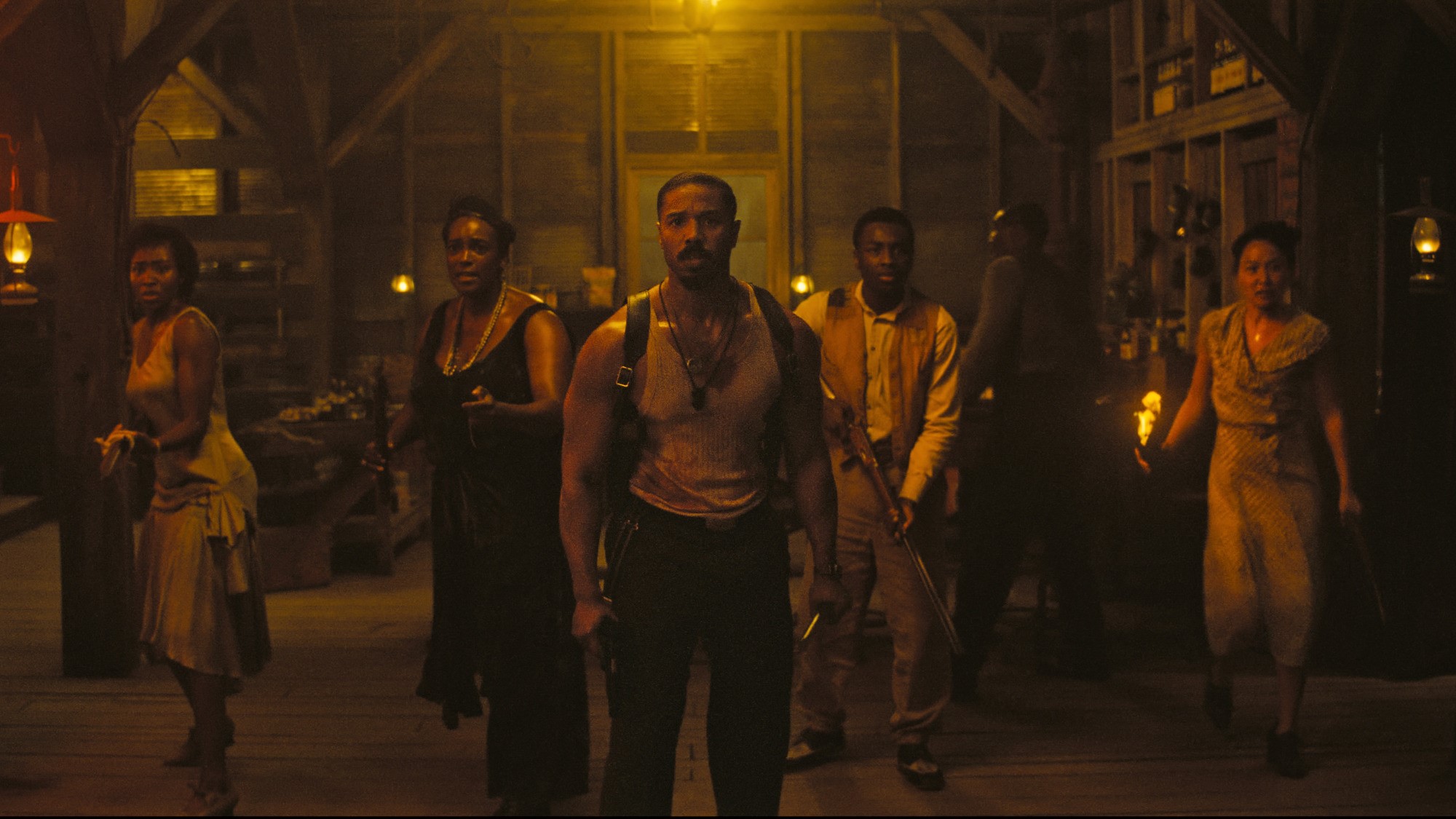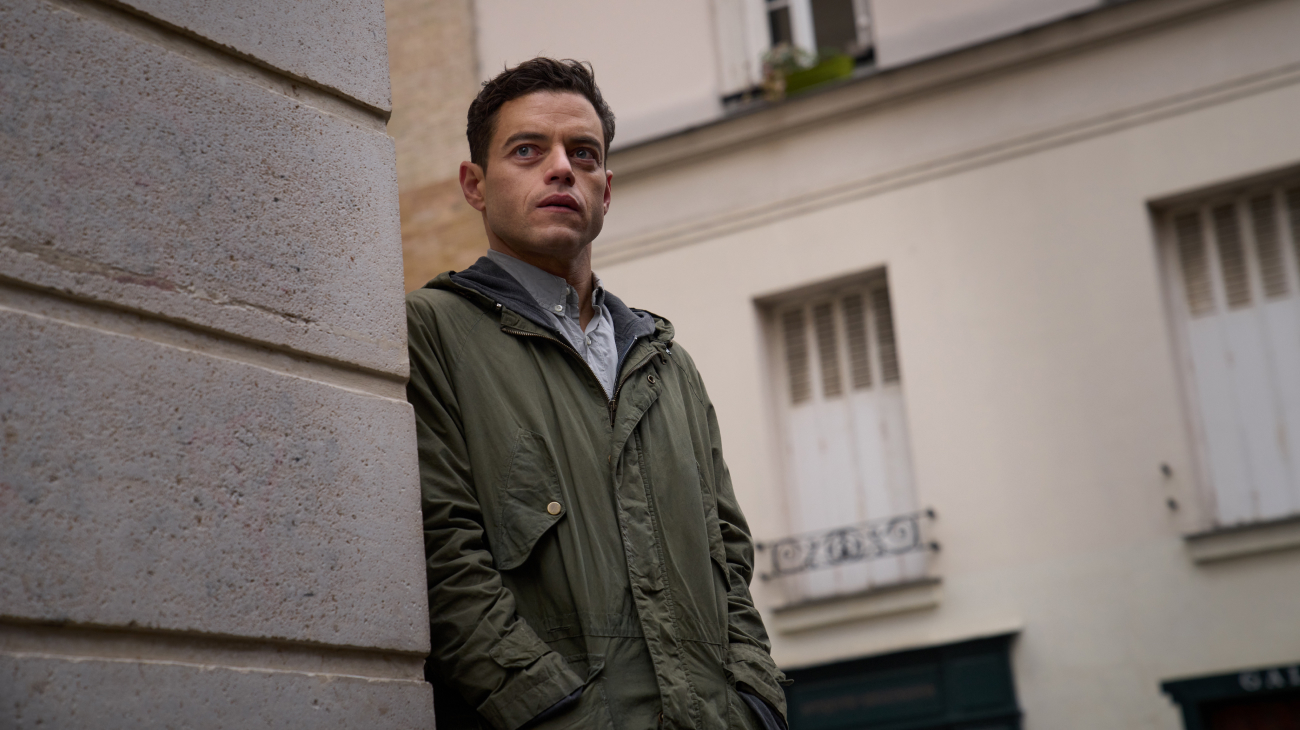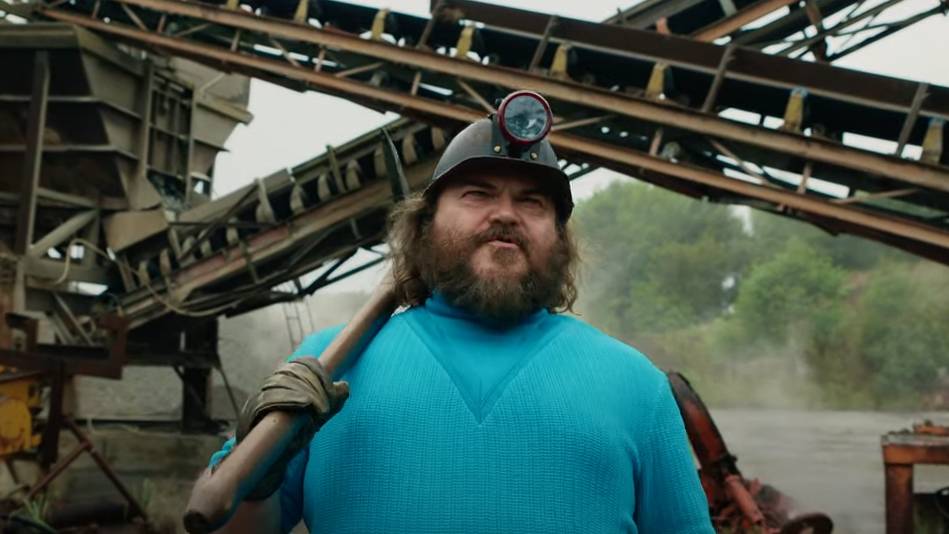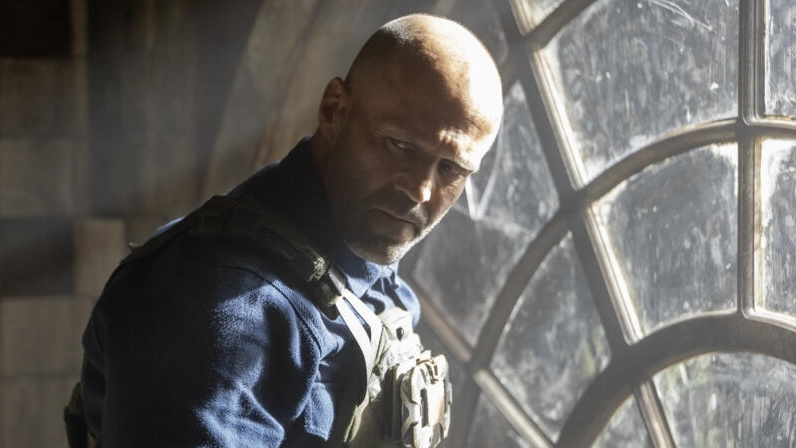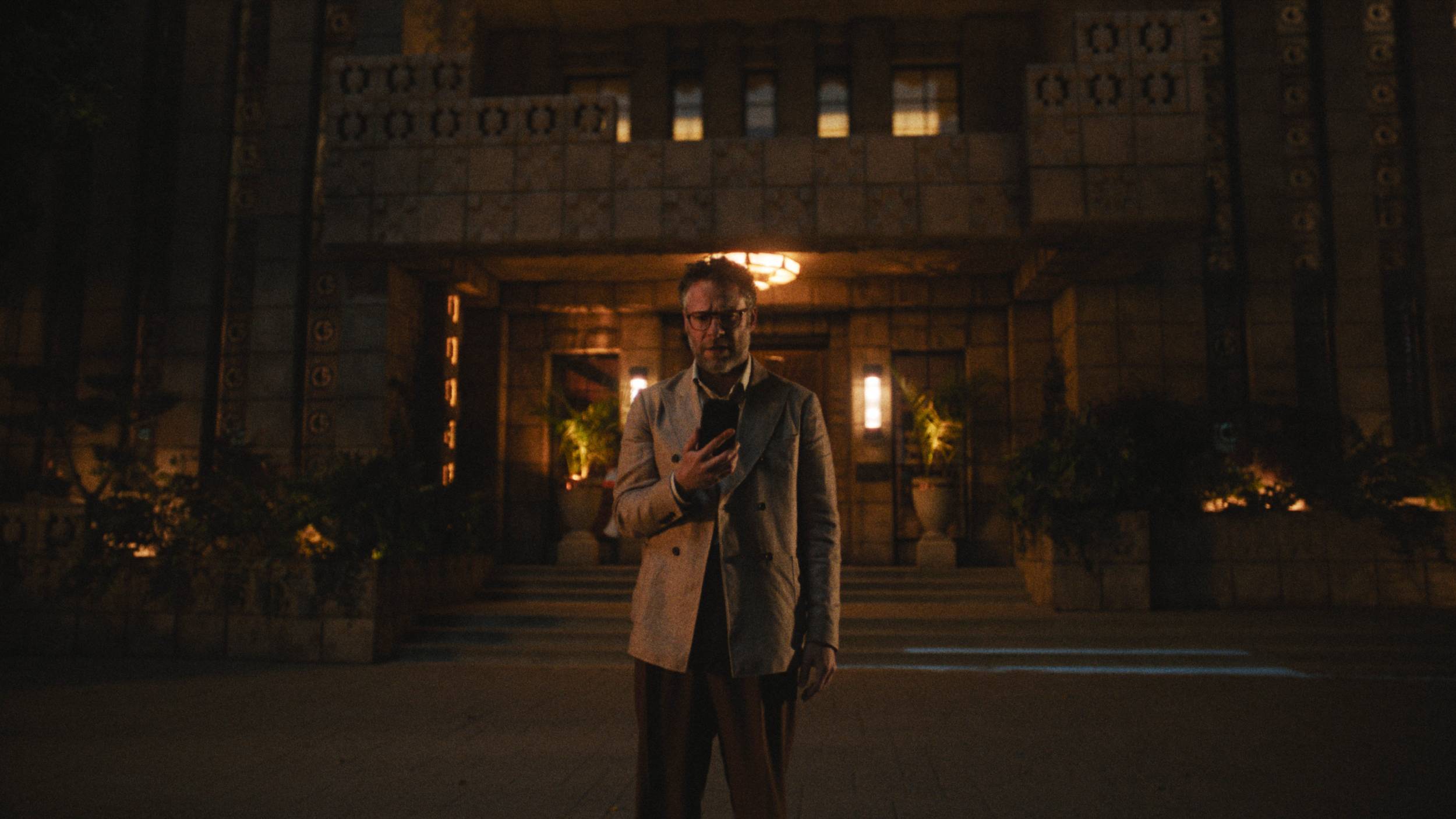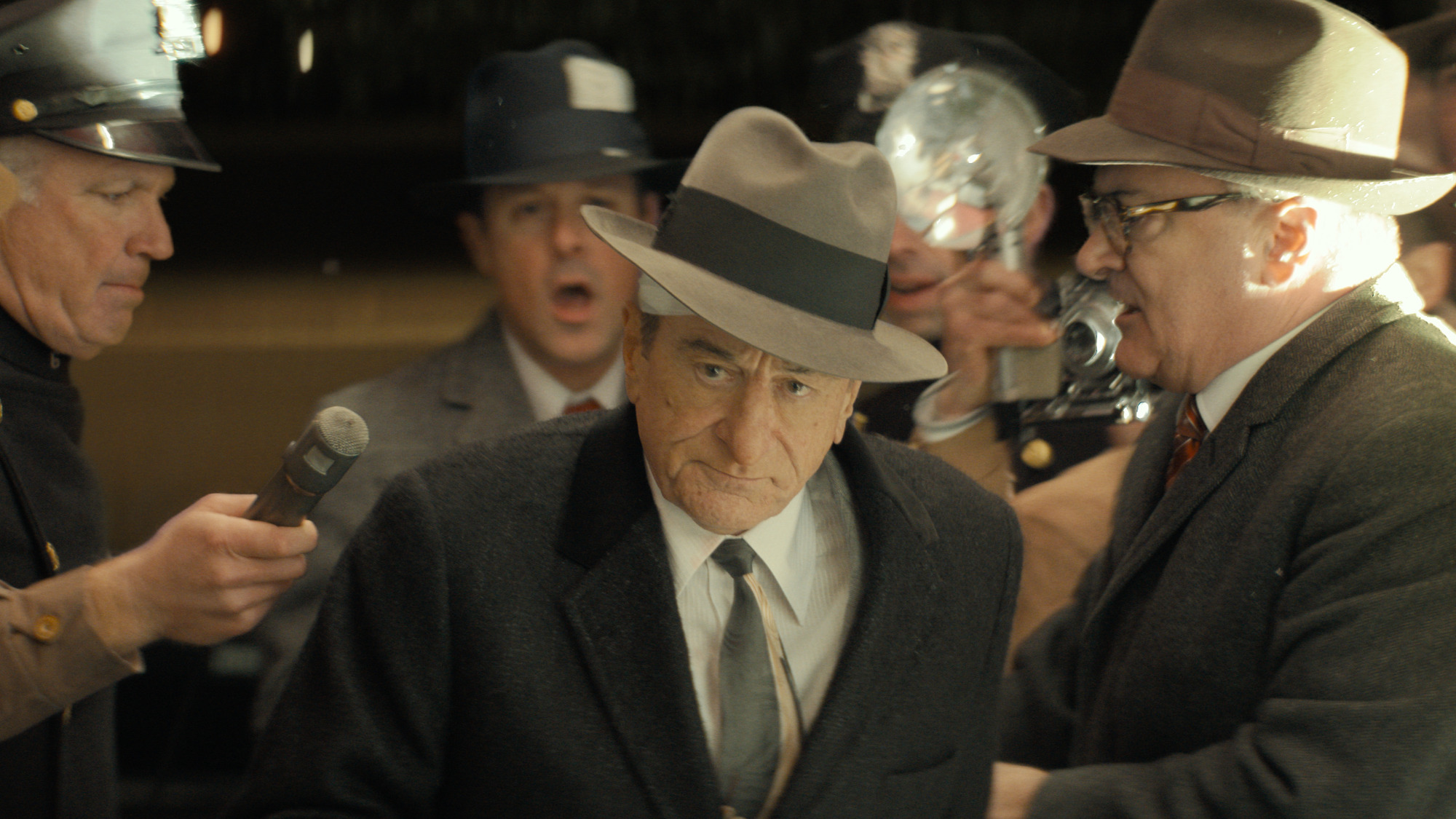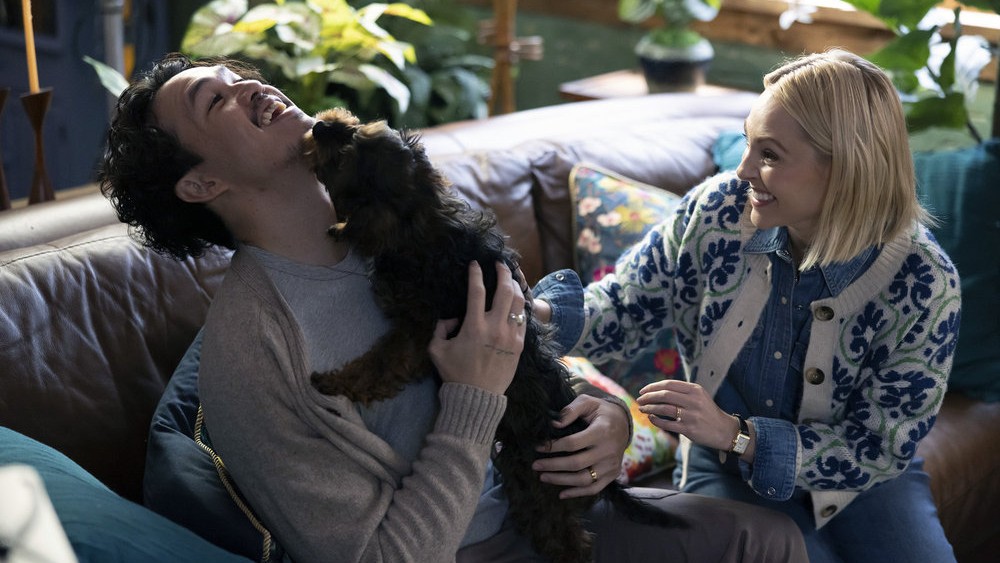What to Watch Verdict
Apple TV+’s new miniseries has an incredible pedigree, and its first two installments are enticing if ambiguously compelling.
Pros
- +
🩸The haunting and eerie cinematography.
- +
🩸Julianne Moore’s carefully modulated title performance.
- +
🩸A trio of excellent actress as sisters.
Cons
- -
🩸A creepy bad guy whose insanity is too obvious.
- -
🩸A dead husband whose allure remains somewhat oblique.
- -
🩸The potential for a setup with a weak payoff.
This review contains spoilers for Lisey's Story.
The recent spate of literary-adaptation miniseries, from Big Little Lies to The Undoing, relies on unbeatable combinations behind and in front of the camera. These series rely at least as much on garnering social-media buzz as they do on hiring such massively talented players that the resulting shows can’t be all bad. Reese Witherspoon, Nicole Kidman, and Shailene Woodley in a show from the writer of Ally McBeal and the director of Fish Tank? Kidman and Hugh Grant in a show from the director of Bird Box and The Night Manager? They have to be decent, at least. Right? The same underlying principle is evident from the first two installments of the new Apple TV+ limited series Lisey’s Story, both of which premiere on Friday, June 4. It’s Julianne Moore and Clive Owen in a show written by Stephen King and directed by Pablo Larraín of Jackie. It has to be good. Right? So far, the answer is a somewhat qualified yes.
The first two episodes, “Blood Hunt” and “Blood Bool”, are steeped heavily enough in atmosphere that Lisey’s Story is almost instantly compelling. King, adapting his own novel (one that he’s previously identified as the favorite of all that he’s written in his prolific career), has built a story seemingly inspired by his own life, or at least the enormously dedicated worldwide fanbase he’s built up for decades. Lisey’s Story is a slowly unfolding tragedy, built on the foundation of Lisey Landon (Moore) continuing to grieve over the death of her husband Scott (Owen). His untimely demise is compounded by the fact that Scott was one of the most popular fiction authors to have ever lived. That means that fans and academics, including Professor Dashmiel (Ron Cephas Jones), keep nudging and pushing Lisey to share Scott’s unpublished works with the world, despite Lisey’s refusal to do so.
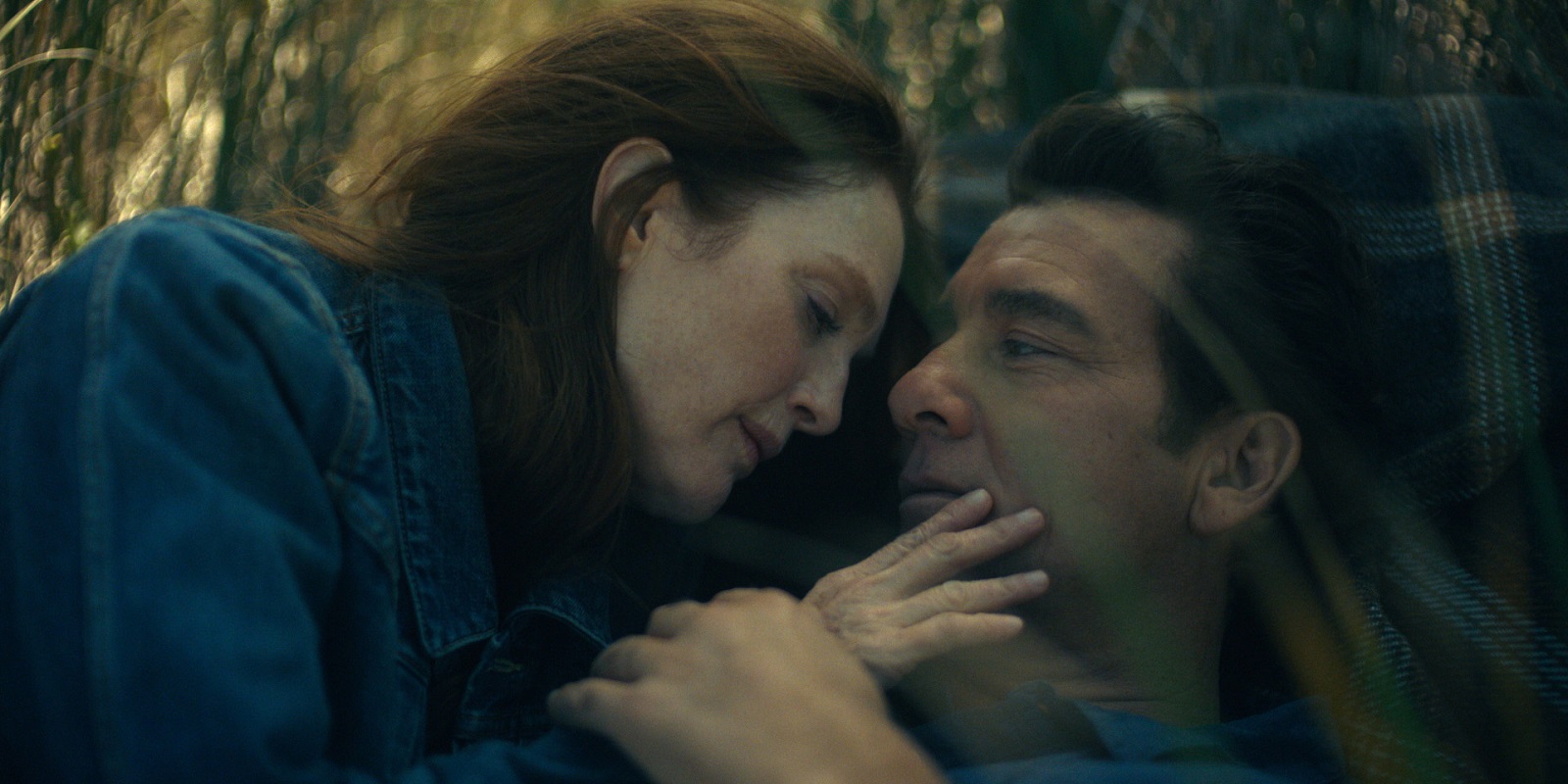
“Blood Hunt” establishes not only the presumable tonal template for Lisey’s Story, but also its reliance on toying with timelines. Instead of unraveling in chronological fashion, the first two episodes hop back and forth in time, a storytelling choice that’s unlikely to stop anytime soon and was apparently part of King’s novel. In “Blood Hunt”, King’s script mostly moves between Lisey’s grief two years after Scott’s death and her wedding day, while also clarifying two concurrent stories running beyond her heartache.
First, there’s Lisey’s emotionally damaged sister Amanda (Joan Allen), whose fragile state of mind is such that she cuts herself so viciously during a phone call that she essentially goes catatonic and has to be placed in an institution. But that doesn’t stop her from inexplicably connecting with Scott from beyond the grave, as he tries to get Lisey to go on a treasure hunt of sorts. If that wasn’t enough, Dashmiel’s fervor for viewing the unseen and unpublished work of Scott Landon goes beyond mere fandom; he’s enlisted the help of a young man who calls himself Jim Dandy (Dane DeHaan) to encourage Lisey to give up Scott’s unpublished work. Jim’s fandom, though, far outpaces Dashmiel’s to a point, as his manner of encouragement is aggressive and violent. The first episode concludes with a tense phone call between Jim and Lisey (where Moore once again gets to prove how good she is at saying the word “fuck” with force and acidity), and early in “Bool Hunt”, she finds that Jim has upped his threat by leaving a dead bird in her mailbox. DeHaan’s performance is so immediately, oppressively unhinged that Jim may yet be the most terrifying so-called “fan” in King’s bibliography, far more unnerving on the outside than Annie Wilkes ever was.
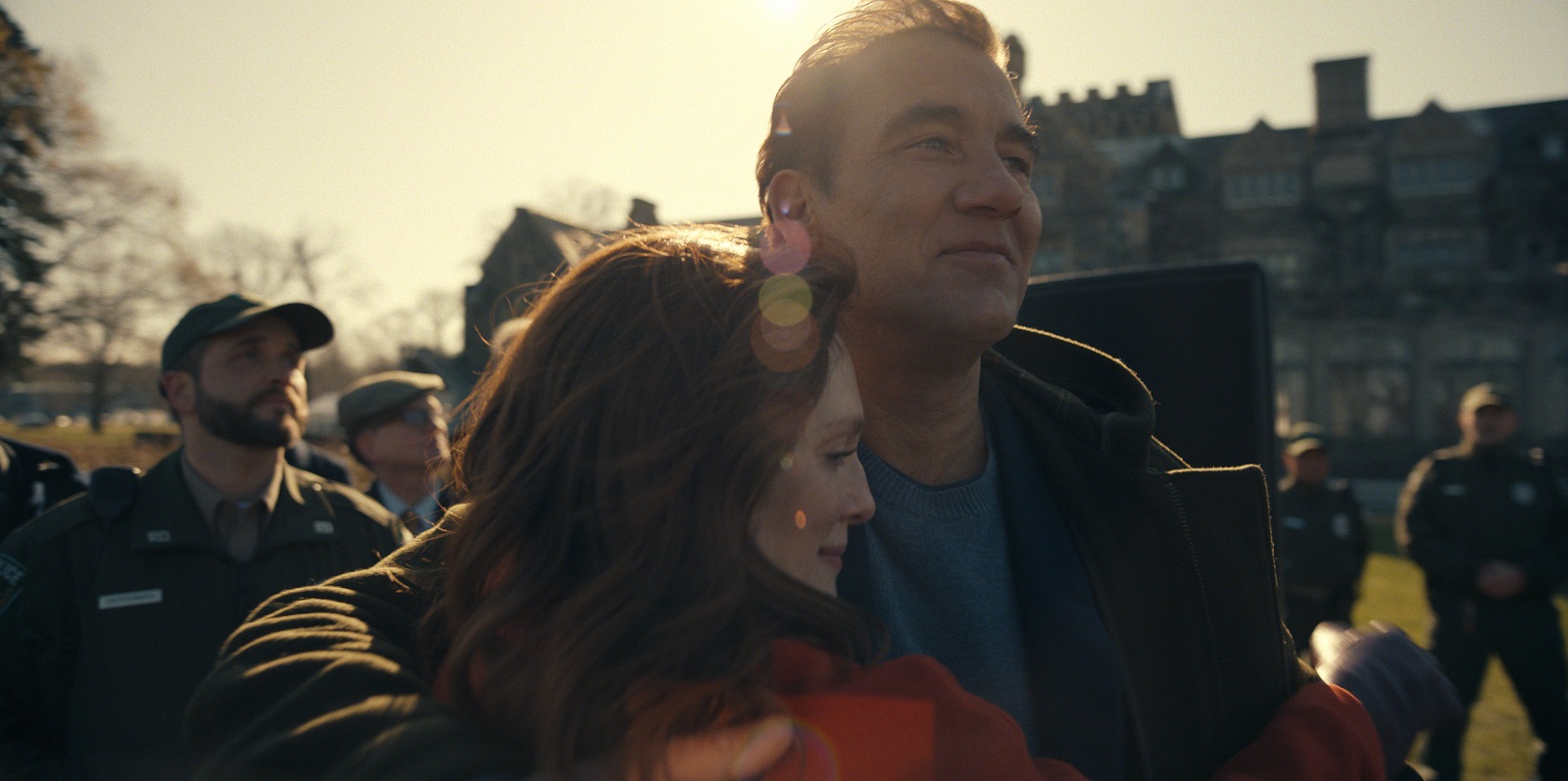
Though plot, or at least setup, can often be one of King’s strongest suits as a writer, what makes both “Blood Hunt” and “Blood Bool” stand out is the combination of a killer cast -- there’s also Jennifer Jason Leigh as Darla, Lisey and Amanda’s other sister -- and the behind-the-scenes work of Larraín and his cinematographer Darius Khondji. Watching a person drift through their sorrow can sometimes only be so involving, but the way that Larraín and Khondji capture Moore adrift and awash in grief is striking and haunting, allowing us to join in her trauma through careful staging and camera placement. The way in which Larraín dispatches Lisey through timelines is precisely handled, often with only visual notes like the length of Lisey’s hair. (The longer it is, the earlier in the story we are.) The meta-textual angle of Lisey’s Story it’s easy to imagine that the impetus for the story was King asking himself what would happen to his wife if he was to die and leave her alone -- also lends itself to creating an extreme amount of empathy for Lisey.
“Blood Hunt”, more than “Blood Bool”, succeeds at building the tension between Lisey and self-involved so-called fans like Dashmiel and Jim Dandy, too. Lisey has no patience for Dashmiel’s desperate pleas, which are vastly more selfish than they’re meant to sound. It’s not that Dashmiel is wrong, per se; the first episode ends with shots of a handful of boxes that have Scott’s unpublished work, so it does exist. But the idea that his work should belong to the world outside is just a way for fans to try and do the same thing Lisey’s doing — extend the legacy of someone taken from the world far too soon. (As Lisey says during her call with Jim when he contests that Dashmiel knows more about Scott, “So being married to him doesn’t count?”)
The problem with this plotline doesn’t truly kick in until “Blood Bool”. By the second episode, it’s clear that Jim Dandy is entirely crazy, short of him wearing a sign reading “I Am Scarily Insane.” There’s no question that Jim is crazy, because DeHaan’s work is pitched so clearly to the rafters, as in a very creepy scene with an older woman at a library that has some offhand connection to Scott’s growth as a writer. It’s not tense for any other reason than wondering if we’re about to watch a defenseless old woman get killed by a maniac, and it raises a question “Blood Bool” fails to answer: if Jim is this crazy, why would Dashmiel have enlisted his services?
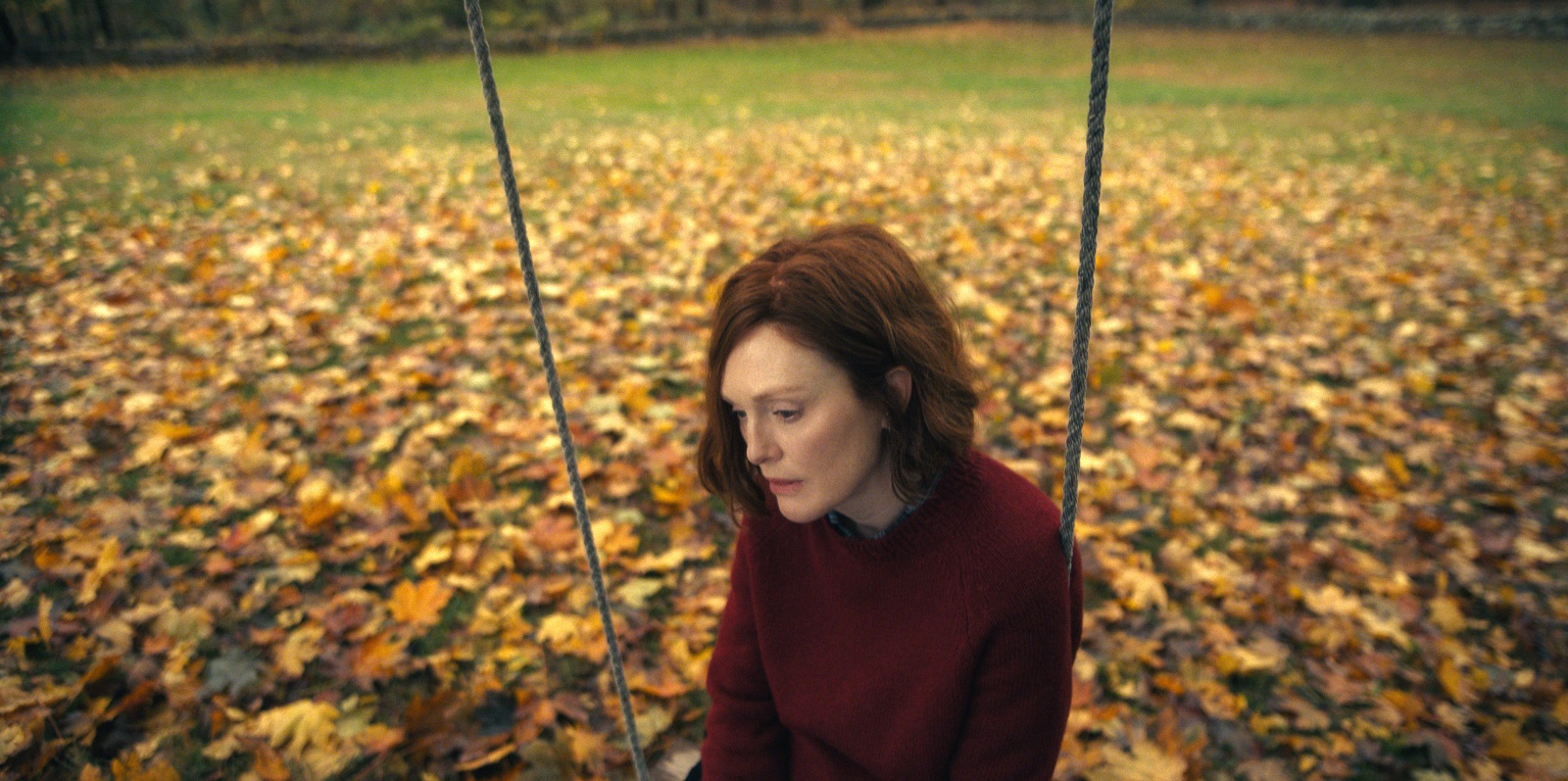
Nothing against Ron Cephas Jones, who’s an excellent actor, but even he cannot sell the mealy-mouthed attempt from the professor to explain to Lisey -- who angrily calls him in the second installment after Jim’s first attempt at “encouragement” —that he expressly told Jim that there was to be no violence. “Did it occur to you that just having to say that might’ve told you something?” Lisey snaps. And while she’s absolutely right, it raises a separate question — if everyone else in this show can clearly see that Jim’s deranged, how did Dashmiel miss it? We get a brief flashback to when the two men first encountered each other, but there’s nothing in the script to clarify what Dashmiel missed. And Jim’s not effectively manipulative enough to simply sway the professor by flattering him. Jim’s just as unnerving talking to the professor, just as creepy. Just two episodes in, it’s hard to know if Lisey’s Story will ever be able to capably resolve why anyone would give Jim Dandy even two seconds of their time.
Though Apple TV+ will be releasing the next installments once a week over the next six weeks, they were wise to release the first two episodes at once for a different reason. “Blood Hunt” keeps our awareness of Scott Landon at bay. Owen cuts a decent enough figure in his flashbacks, many of which are centered around a terrifying incident where yet another deranged fan shot him (but failed to kill him), and Lisey rescued her husband by killing the fan with a blow to the face with a shovel. But Scott is an enigma in the episode, less a person than a fractured image being held together with mental glue by Lisey. “Blood Bool” does a better job of beginning to fill in the relationship the two lovers had — when they met, Lisey was a waitress, a fact of employment now wielded against her by angry fans like a cudgel — and how being in a romantic relationship with a writer could be frustrating all on its own. When Scott’s first book sells, Lisey prepares to celebrate and ends up dejected after he forgets to enjoy a celebratory dinner with her in favor of drinks with a male friend.
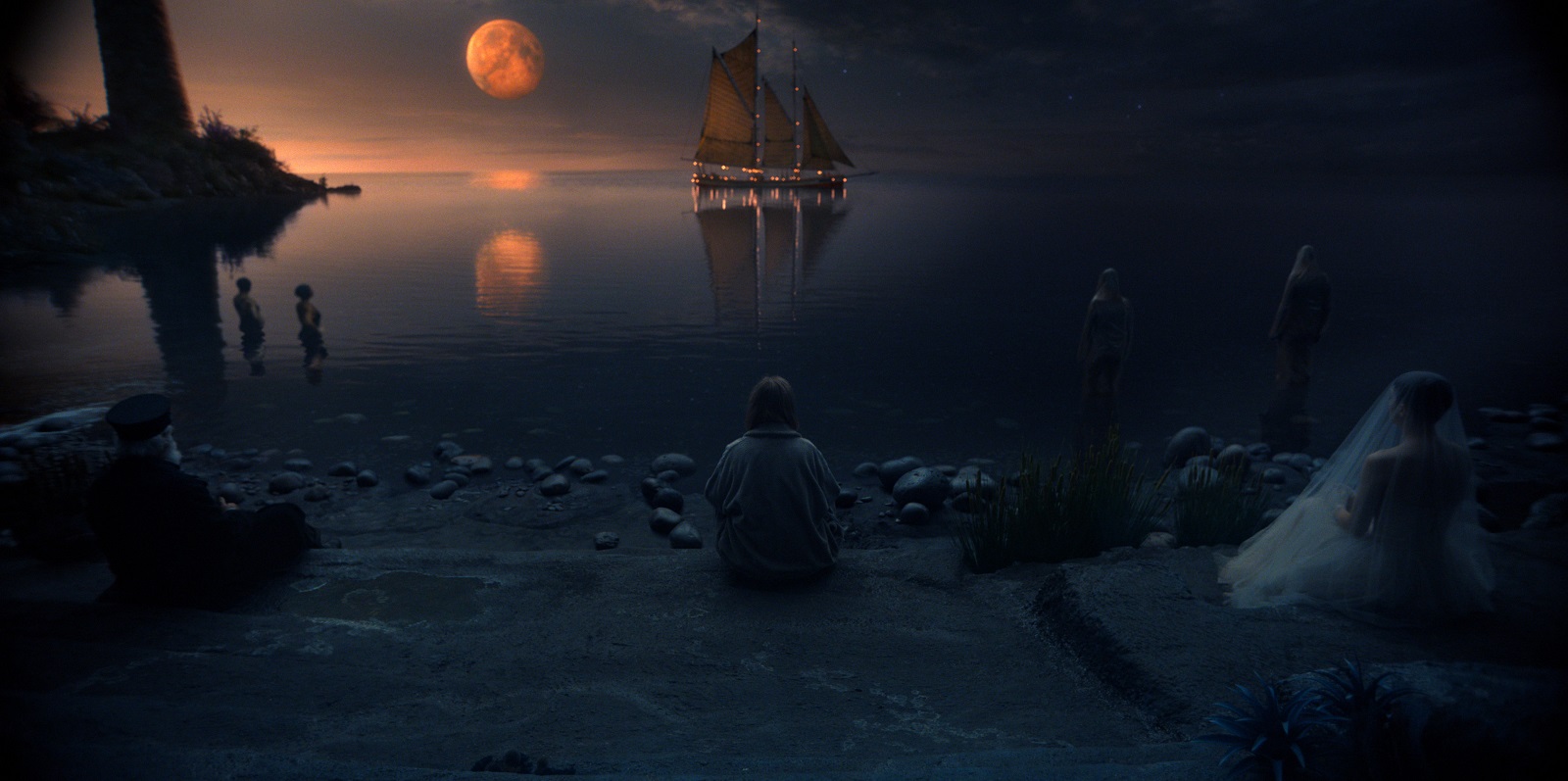
“Blood Bool” doesn’t clarify everything about Scott — even though Lisey is hoarding his unpublished work, he’s still a mystery to her and us. But “Blood Hunt” makes Scott so enigmatic as to leave the audience as adrift as Lisey is; on its face, it’s easy to feel sympathy for a woman mourning the loss of her husband, but to ask us to stick around for eight hours means that you have to do a little bit more work than just “Isn’t it sad when people die younger than they should?” At least with “Blood Bool,” we get a sense of what drew Lisey to Scott all those years ago.
Stephen King may serve as the source material for Lisey’s Story, and gets to claim more creative ownership here than in some other adaptations, as its sole screenwriter. But it’s Larraín and the cast who stand out through the first two episodes. With six episodes to go, Lisey’s Story has work to do to ensure that the payoff lines up with the setup of how a woman’s grief can dovetail with a supernatural exploration that may give closure to her familial loss. But the ingredients are there for this summer’s appointment viewing to be from Apple TV+, not HBO.
Josh Spiegel is a freelance cultural critic who has been published in Slashfilm, SyFy, ScreenCrush, The A.V. Club, The Hollywood Reporter, The Washington Post and others. His favorite films include Singin’ in the Rain, The Rocketeer, Pinocchio and A Matter of Life and Death. His favorite TV shows include Ted Lasso, Only Murders in the Building, Deadwood and Lost. He lives in Phoenix with his wife, two sons and too many cats.
